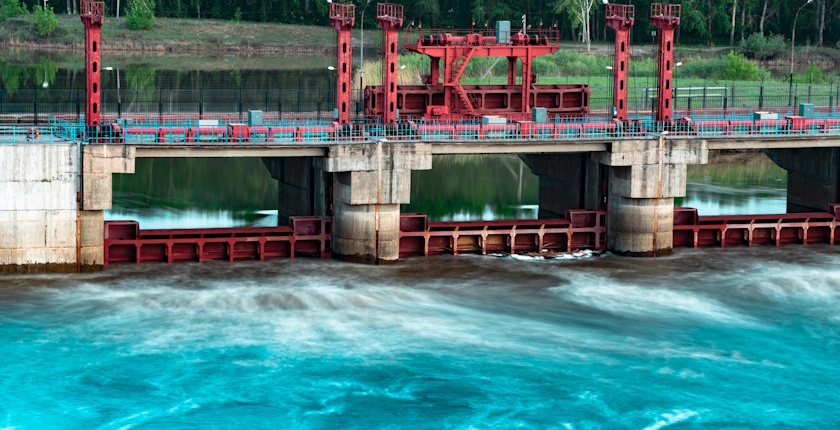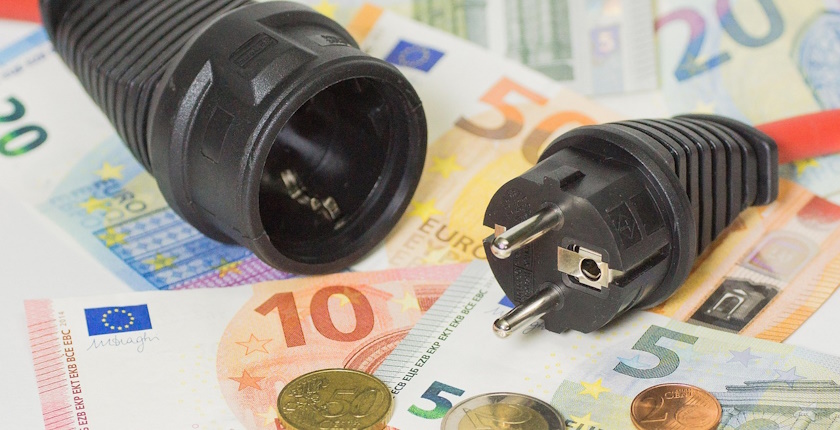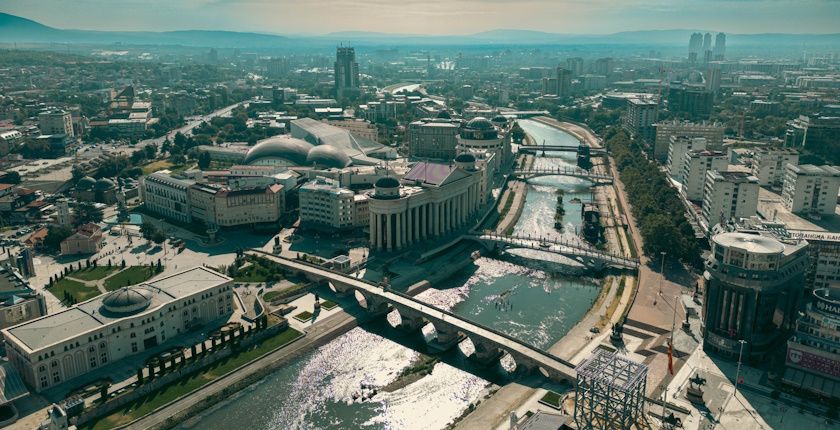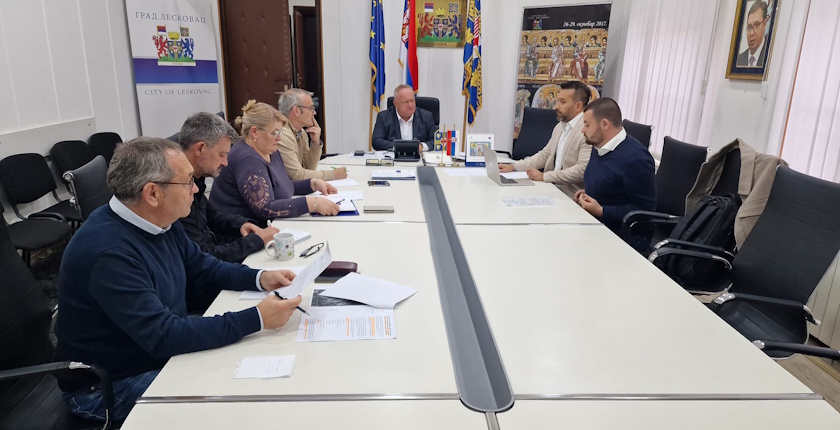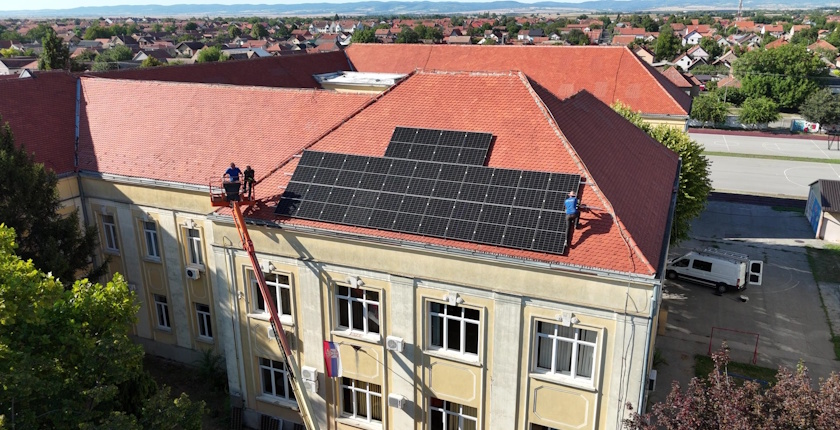
Dušan Jerković Primary School in Ruma – first prosumer school in Serbia’s Srem district
The Dušan Jerković Primary School in Ruma is the first school in the Srem (Syrmia) region, in Serbia’s north, with a solar power plant installed on its roof, and it is in the process of obtaining the prosumer status. The project was implemented in cooperation with the Elektropionir energy cooperative and funded by German Development Cooperation. The Deutsche Gesellschaft für Internationale Zusammenarbeit (GIZ) GmbH implemented the endeavor.
Although the number of prosumers in Serbia is growing, it still remains relatively small compared to the vast potential of rooftops and the abundance of sunshine that the country enjoys. According to recent data from electricity distribution system operator Elektrodistribucija Srbije (EDS), there were 5,310 registered prosumers, formally called buyers-producers.
Their total installed capacity was over 113 MW. Most were households (3,848), followed by legal entities (1,457), while the number of residential communities producing their own energy remains very small, only five.
A few years ago, upon an assessment of rooftop areas in Serbia suitable for solar panel installation, the surface was estimated at as much as 600 square kilometers. Installing solar panels on just 10% would translate to 6 GW of solar power capacity.
On a bright note, awareness of renewable energy sources and their importance is steadily increasing, as shown by the growing number of institutions — including kindergartens, primary and secondary schools — choosing to take steps toward energy independence and become prosumers. One such example is in the Syrmia area, locally called Srem, and specifically in Ruma, where the Dušan Jerković Primary School recently became the proud owner of a rooftop solar power plant. The town is located west of Belgrade.
According to school principal Ivana Milojević, the idea was born in September 2024, when representatives of the energy cooperative Elektropionir first visited the school and proposed a partnership.
Elektropionir organized a series of lectures and workshops for students, parents, and school staff
Before the solar installation began, Elektropionir organized a series of lectures and workshops for students, parents, and school staff, focusing on renewable energy sources and the benefits of installing solar panels. The proposal to set up a photovoltaic system on the school’s roof was enthusiastically supported by both the school administration and the Municipality of Ruma, which owns the building.
The power plant will significantly reduce the school’s electricity bill
The German Development Cooperation fully funded the installation of a 10 kW solar power plant in a project implemented by GIZ. The system was completed in late August, and the process of obtaining the prosumer status from DSO Elektrodistribucija Srbije (EDS) is underway.
It means that the generated electricity will be used to cover the building’s energy needs, and any surplus will be delivered to the grid, while the school will be able to utilize the excess energy later, when its consumption exceeds production.
“I am very proud that the Dušan Jerković Primary School is the first school in Srem to have a solar power plant. Our school, known for its yellow color, has now got a touch of green, symbolizing our commitment to protecting nature and raising environmental awareness among our students and fellow townspeople. We sincerely thank GIZ and the Elektropionir energy cooperative for their effort, work, and financial support in materializing a wonderful idea,” principal Ivana Milojević said.
The new solar plant will significantly reduce the school’s electricity bills, allowing it to use the savings for other improvements — such as upgrading classrooms or purchasing teaching materials to enhance the learning process.


